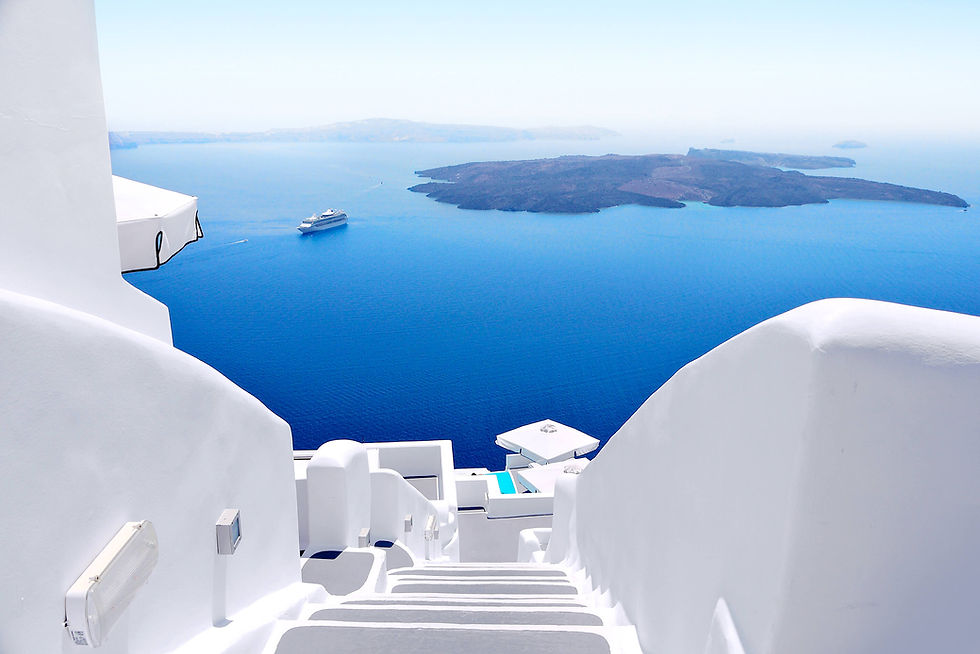Unexplored Dance Forms of India
- studio2235
- Jul 8, 2024
- 2 min read
With the increasing globalisation of the world and pop culture taking over the mainstream media, some of the classical dance forms have nearly lost their recognition in society. Asked from a random person on the street, they might not even have heard the names of most of such dance forms, especially from India.

Being as diverse and culturally rich a land as India is, it is thus inevitable for it to have a host of dance forms stemming from all corners of the vast country. There are countless artists who practise these dance forms and it is not just their passion but also their bread and butter. A global mass focus on pop culture seriously sidetracks these artists and they can suffer a lot.
This blog brings to you four of the lesser known dance forms of India from the four corners of the country.
Rouf (Jammu and Kashmir)-
Starting from the crown of the country, from the northernmost part of India, Jammu and Kashmir, we have Rouf dance. This is mostly practised during festivities like Ramazan or Eid or on marriages. It is a form of social dance performed by women in the most adorable manner. They stand arm in arm, facing one another, dressed up in traditional attire. The most noteworthy part of the entire dance, however, is the synchronised and gracious foot movement of the women as they collectively dance to the enchanting rhythmic beats and tunes.
Kummi (Tamil Nadu)-
From the down South, we have the Kummi dance form, from the state of Tamil Nadu. Typically performed during festive occasions, particularly Pongal, women gather around in circles and dance to rhythmic beats and blissful songs. The dance marks the harvest season and the onset of auspicious days. This group dance has a lot of positivity and femininity attached to it.
Cheraw (Mizoram)-
Whenever we think of the dances of the Northeast, our minds run to Bihu or Manipuri. However, Cheraw, a folk dance from Mizoram is equally enthralling and fun to perform or spectate. Colloquially, called the ‘bamboo dance’, women dance and hop in and out of bamboo sticks that are thumped by male dancers on the ground. The thumping produces beats and is accompanied by soulful tunes. It is very calming, peaceful and gracious to look at.
Ghode Modini (Goa)-

Apart from being the land of exotic beaches, beautiful churches and fortresses, Goa also has this unsung and charming part to itself which is the Ghode Modini dance. The dance form involves movements like that of a horse and is done to remember the victory of the Maratha rulers over the Portuguese
in Goa. The dancers use movements that resemble fighting and sway their bodies and fake swords along with the drum beats. There is an endless list of such dance forms that people hardly know of but they are a basket full of joy, grace, elegance and legacy.
It is high time we promoted these dance forms which is exactly what we strive for, at Stance. We not just train people in pop culture and contemporary dance forms but also encourage students to look into classical forms. Kalaripayatt and Yoga are two mainstream practices at the studio.




Comments